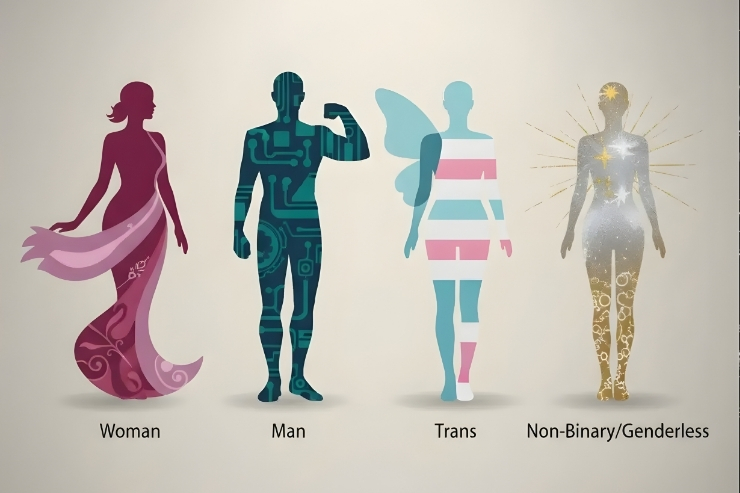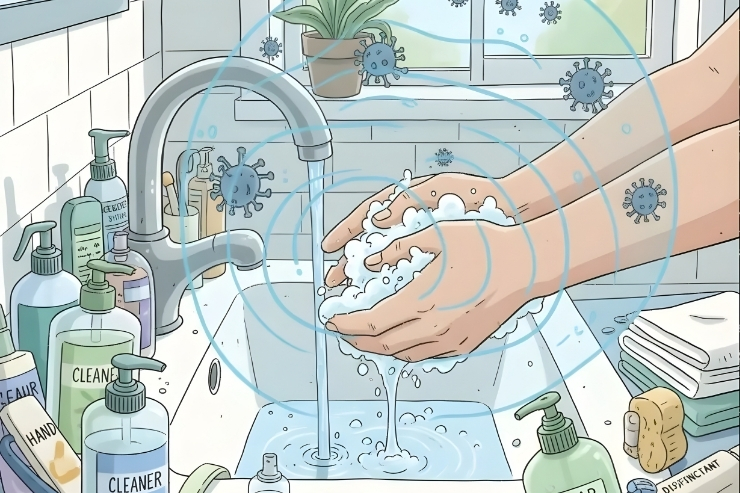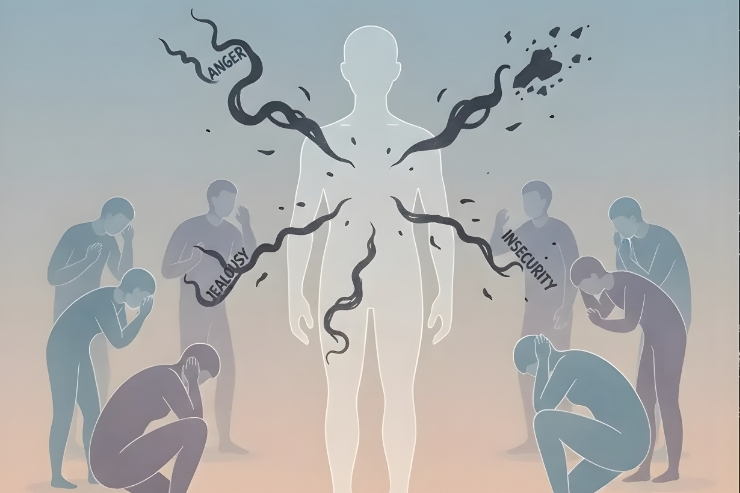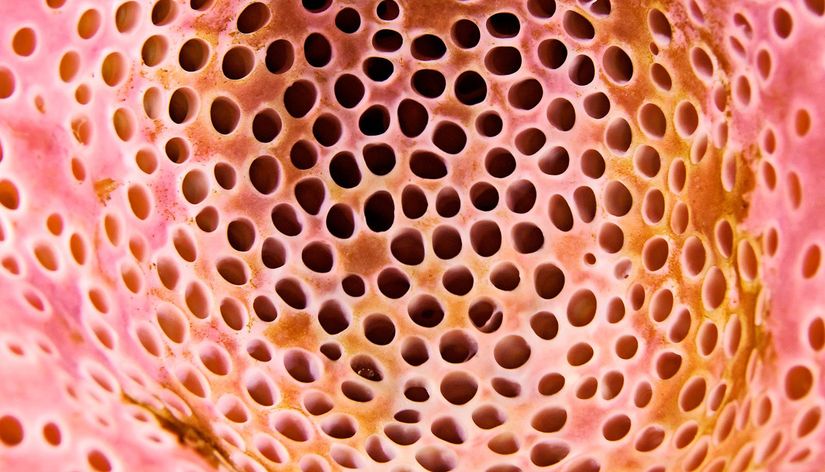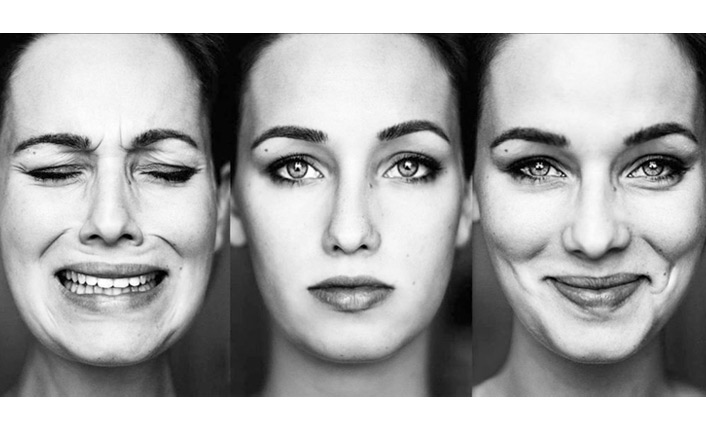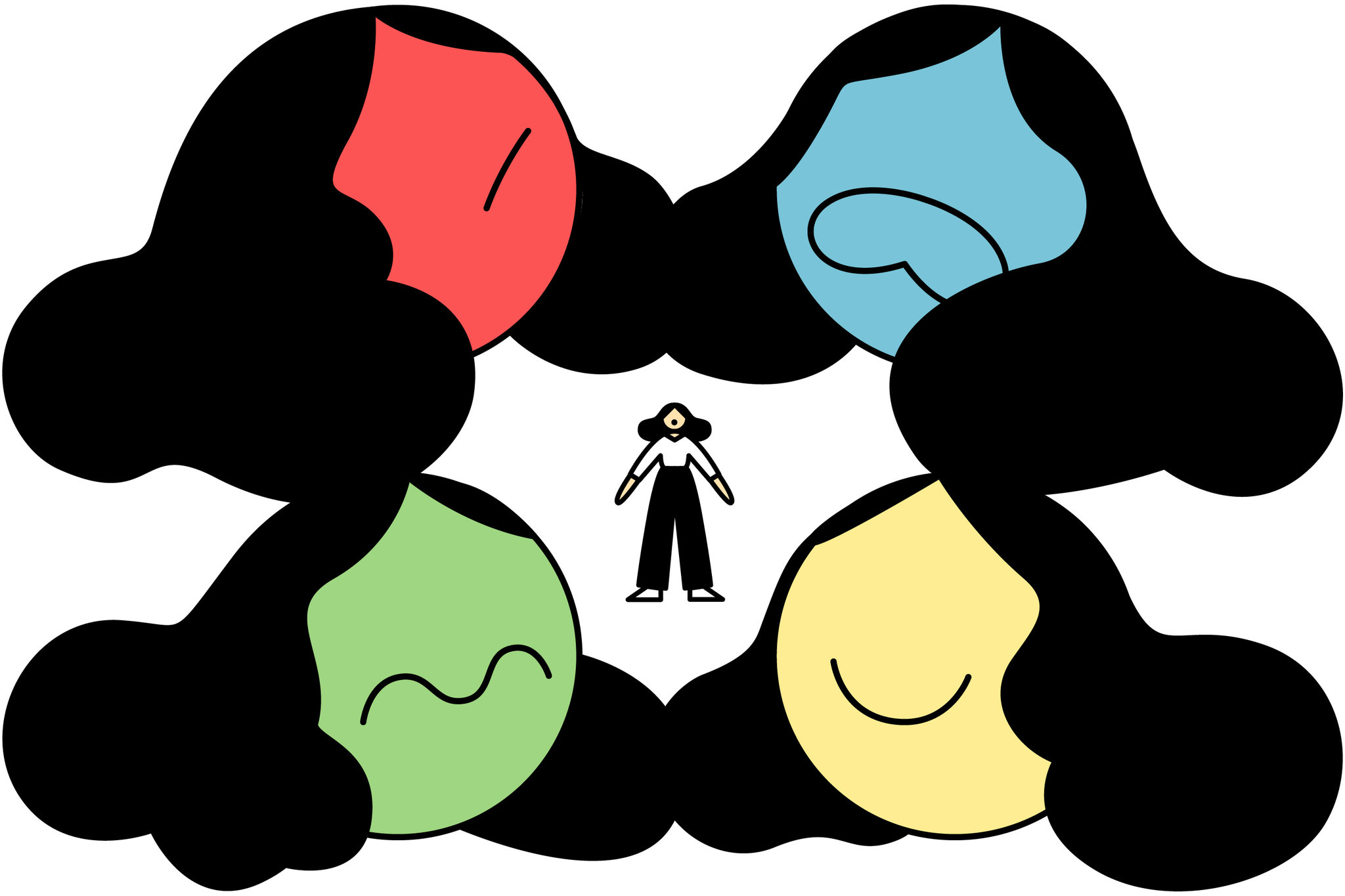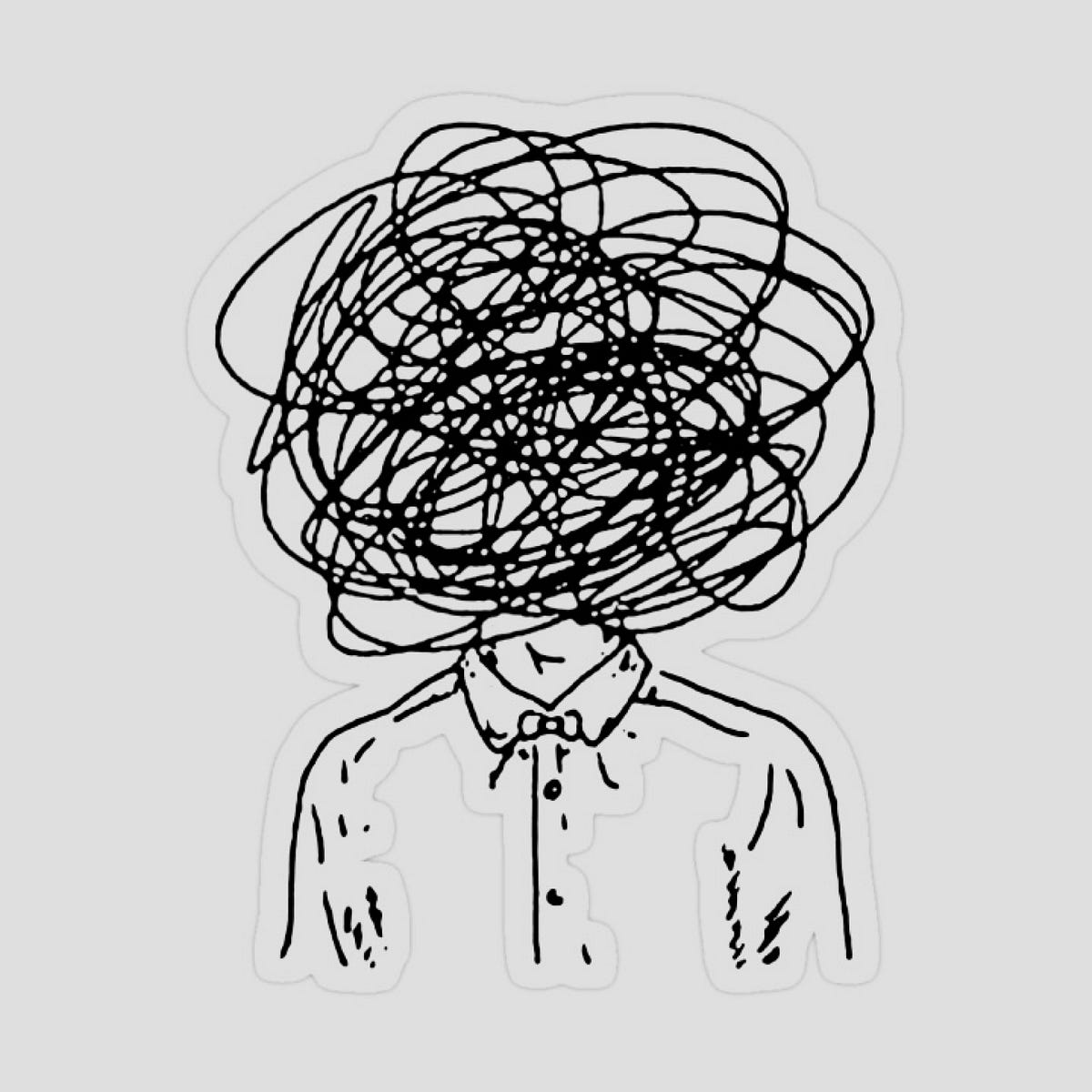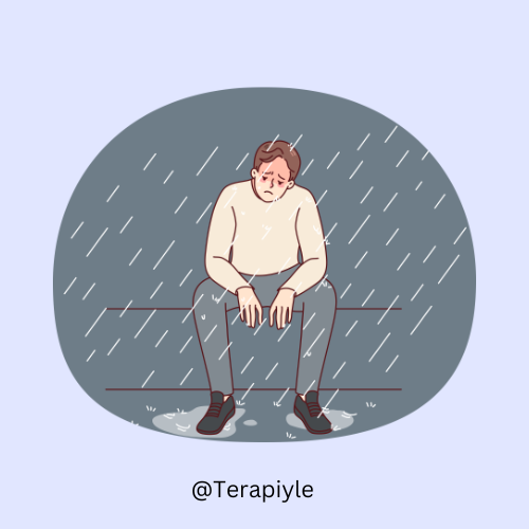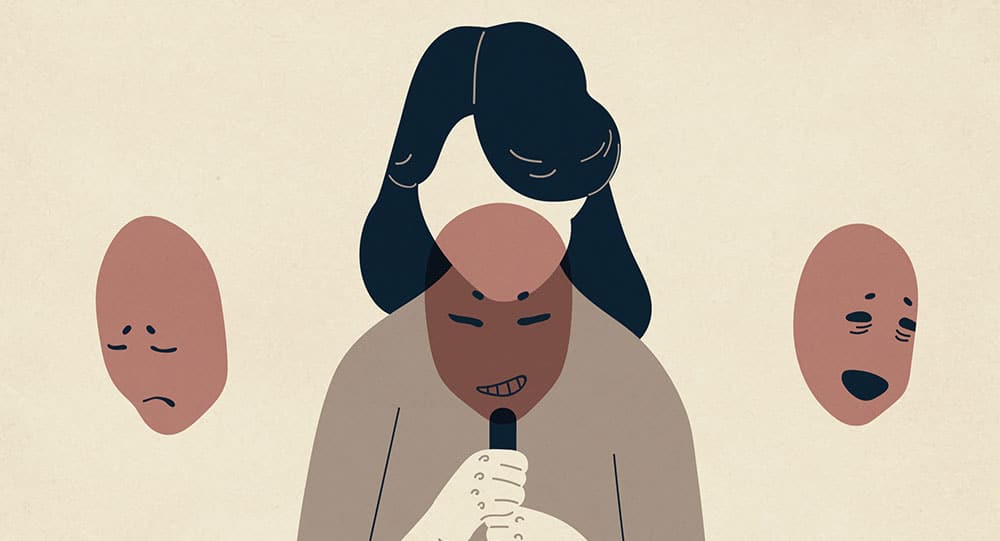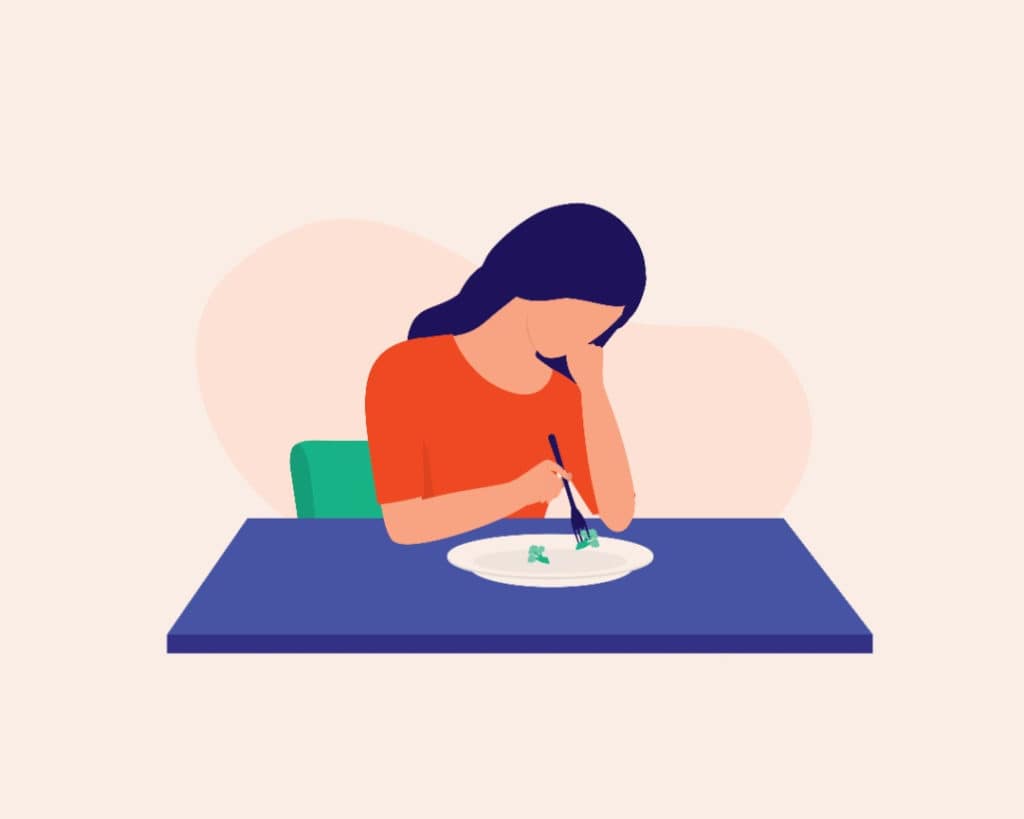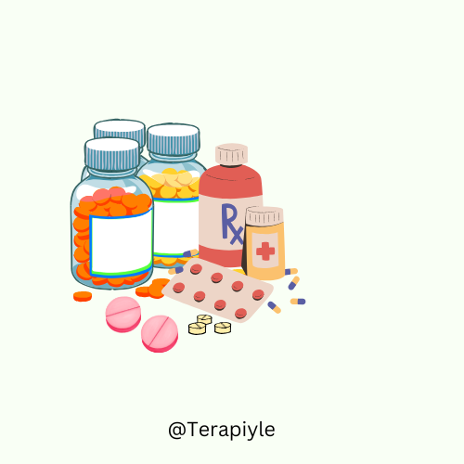Nowadays, many children, adolescents, and adults struggle with focusing their attention, controlling their impulses, and organizing their behavior. While this is often labeled as “lack of attention,” it may actually indicate a clinical diagnosis: Attention Deficit Hyperactivity Disorder (ADHD). So, what exactly is ADHD? Who does it affect? What are its symptoms, causes, and treatment methods? Let’s take a closer look at these questions.
What is ADHD?
Attention Deficit Hyperactivity Disorder (ADHD) is a neurodevelopmental disorder. In other words, it occurs due to differences in brain development processes. Difficulty paying attention, excessive activity (hyperactivity), and impulsiveness are the main characteristics of this disorder. ADHD is not just a problem seen in childhood; although symptoms usually begin in early childhood, they can persist into adulthood.
What Are the Symptoms of ADHD?
The symptoms of ADHD are divided into three main categories: inattention, hyperactivity, and impulsivity. These symptoms may appear in varying intensity in each individual.
1. Inattention Symptoms
- Difficulty paying attention to details
- Frequent daydreaming
- Making mistakes in homework, work projects, or daily tasks
- Inability to maintain focus for long periods
- Frequently losing items (pens, notebooks, keys, phones, etc.)
- Difficulty organizing daily tasks
- Excessive sensitivity to external stimuli
2. Hyperactivity Symptoms
- Inability to stay still, constant need to move
- Difficulty engaging in quiet activities
- Excessive talking
- Desire to get up in places that require prolonged sitting, like meetings or classrooms
- Difficulty controlling energy levels
3. Impulsivity Symptoms
- Interrupting others while they are speaking
- Difficulty waiting for one’s turn
- Making sudden decisions without thinking of the consequences
- Impatience
- Difficulty controlling emotions
Who Is Affected by ADHD?
ADHD is seen in approximately 5–7% of children. It is diagnosed more frequently in boys than in girls; however, this difference decreases in adulthood. In adults, the prevalence of ADHD is estimated to be around 2–4%. Many adults begin to notice symptoms more clearly in their professional life, relationships, and daily routines—especially if they were not diagnosed in childhood.
Causes of ADHD
While the exact cause of ADHD is not known, research indicates that both biological and environmental factors play a role:
- Genetic Factors: ADHD is a disorder with genetic transmission. If there is a family history of ADHD, the risk in children increases.
- Brain Structure and Function: Differences have been observed in areas of the brain responsible for attention, impulse control, and movement.
- Pregnancy and Birth Factors: Substance use during pregnancy, premature birth, or low birth weight may increase the risk.
- Environmental Factors: A highly stressful home environment, inconsistent parenting, and poor nutrition habits can worsen symptoms.
Impact of ADHD on Daily Life
ADHD affects more than just academic performance. It also has significant effects on social relationships, self-esteem, work life, and family communication.
- In Children: Low academic performance Problems communicating with teachers and peers Loss of self-confidence
- In Adolescents: Failure in school subjects Inability to fulfill responsibilities Tendency toward risky behaviors
- In Adults: Difficulty concentrating at work Problems with time management Frequent job changes Impatience and communication problems in relationships
How is ADHD Diagnosed?
ADHD cannot be diagnosed through a single test or laboratory analysis. A comprehensive evaluation by a psychiatrist or psychologist is required.
Diagnosis involves the following steps:
- Clinical interview
- Observation of behaviors
- Information gathered from family and teachers
- Use of standardized scales and tests
Symptoms must be observed for at least 6 months and in more than one setting (e.g., school, work, home) for a valid diagnosis.
Treatment Methods for ADHD
ADHD can be managed effectively with the right treatment approaches. Different strategies are applied based on the individual's age, needs, and living conditions.
1. Medication
Medications that regulate dopamine and norepinephrine levels can help improve focus and reduce hyperactivity. However, medication should only be used under the supervision of a psychiatrist.
2. Psychotherapy
- Cognitive Behavioral Therapy (CBT): Aims to change thought and behavior patterns.
- Family Therapy: Strengthens family communication and provides guidance to parents.
- Individual Therapy: Enhances self-confidence and emotional regulation skills.
3. Education and Counseling
- Developing effective study strategies tailored to the child
- Teaching time management skills
- Educating teachers and parents about ADHD
4. Lifestyle Adjustments
- Regular sleep and healthy nutrition
- Physical activity (sports)
- Limiting screen time
- Creating a structured and organized daily routine
Living with ADHD: The Importance of the Right Approach
ADHD does not have to be a barrier to success if the right support is provided. With early diagnosis, appropriate therapy methods, and strong family support, individuals with ADHD can thrive in academic, social, and professional settings.
For families, the most important point is to try to understand their children instead of constantly criticizing them and to support them with appropriate methods.
For adults, seeking professional help and adopting simple but effective daily habits can make a significant difference.
Attention Deficit Hyperactivity Disorder (ADHD) is a neurodevelopmental disorder that can begin in childhood and continue into adulthood, characterized by inattention, hyperactivity, and impulsivity. With accurate diagnosis, effective treatment methods, and healthy lifestyle habits, ADHD can be a manageable condition.
If you or your child show signs of ADHD, it is crucial to seek support from a professional.
Remember: Early awareness and the right approach can significantly improve quality of life.







































































